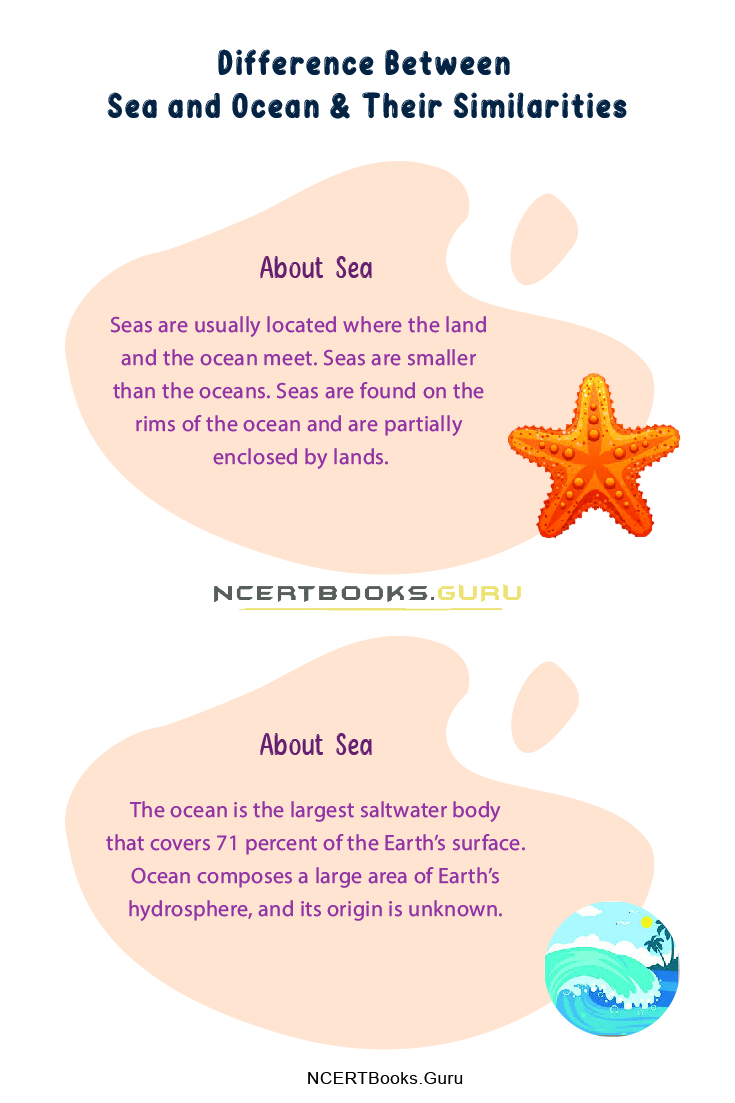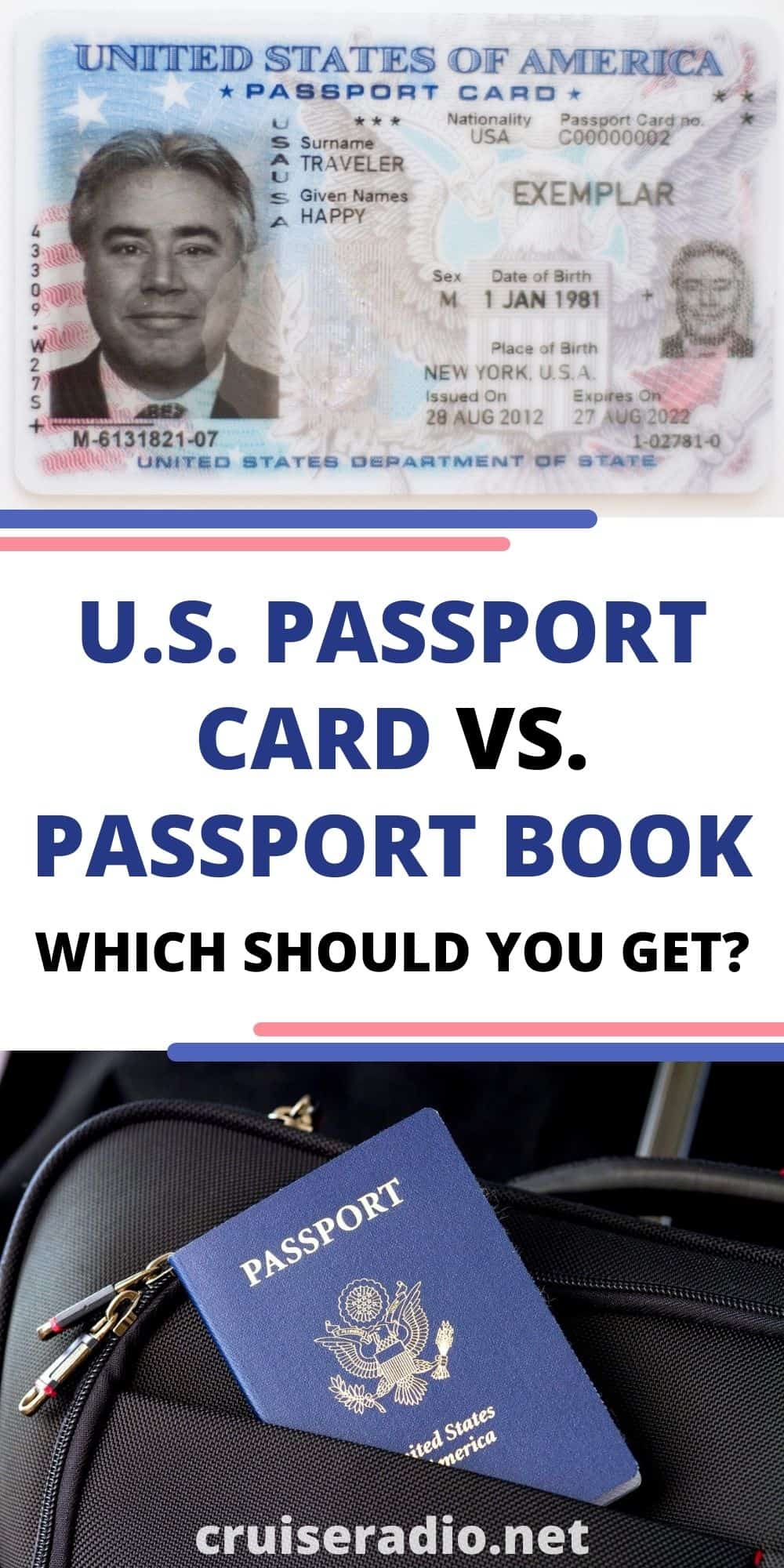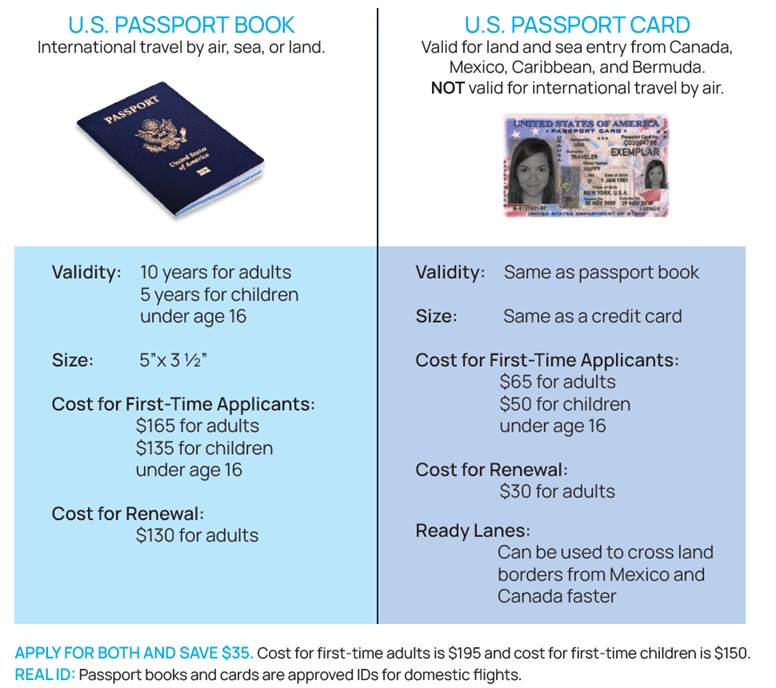Understanding the Basics of International Travel Documents
When it comes to international travel, having the right documents is crucial to ensure a smooth and hassle-free journey. Two of the most essential travel documents are passports and passport cards. While both documents serve the same purpose – to verify the identity and citizenship of the holder – there are significant differences between them. In this article, we will explore the difference between passport and passport card, and provide guidance on how to choose the right document for your specific travel needs.
Passports and passport cards are issued by the government to citizens of a country, and they contain vital information such as the holder’s name, date of birth, and citizenship. Both documents are designed to facilitate border crossings and ensure that the holder can travel freely between countries. However, the key difference between the two documents lies in their usage, validity, and application processes.
A passport is a booklet that contains multiple pages, which can be used for international travel by air, land, and sea. It is a more comprehensive document that contains a higher level of security features, such as biometric data and holograms. On the other hand, a passport card is a less expensive, wallet-sized document that can only be used for land and sea crossings between the United States, Canada, Mexico, and the Caribbean.
Understanding the difference between passport and passport card is essential to ensure that you have the right document for your specific travel needs. Whether you are a frequent traveler or an occasional tourist, having the correct document can save you time, money, and hassle. In the following sections, we will delve deeper into the differences between passports and passport cards, and provide guidance on how to choose the right document for your next international trip.
Passport vs Passport Card: What’s the Main Difference?
The primary distinction between a passport and a passport card lies in their usage, validity, and application processes. A passport is a more comprehensive document that can be used for international travel by air, land, and sea, whereas a passport card is limited to land and sea crossings between the United States, Canada, Mexico, and the Caribbean.
One of the main differences between the two documents is their validity period. A passport is typically valid for 10 years for adults and 5 years for children under the age of 16, whereas a passport card is valid for 10 years for adults and 5 years for children under the age of 16, but only for land and sea crossings.
Another significant difference is the application process. Passports require a more extensive application process, including the submission of proof of citizenship, identification, and a passport photo. Passport cards, on the other hand, have a simpler application process, requiring only proof of citizenship, identification, and a passport card photo.
In terms of fees, passports are generally more expensive than passport cards. The application fee for a passport book is currently $110 for adults and $80 for children under the age of 16, whereas the application fee for a passport card is $30 for adults and $15 for children under the age of 16.
Understanding the difference between passport and passport card is crucial to ensure that you have the right document for your specific travel needs. Whether you are planning a trip abroad or a domestic journey, having the correct document can save you time, money, and hassle. In the next section, we will discuss the scenarios in which a passport is required, including international air travel, land and sea crossings, and travel to countries that require a passport for entry.
When to Use a Passport: International Travel by Air, Land, and Sea
A passport is a required document for international travel by air, land, and sea. It is essential to have a valid passport when traveling to countries that require a passport for entry. In general, a passport is necessary for travel to most countries, including those in Europe, Asia, Africa, and South America.
When traveling by air, a passport is typically required for international flights. This includes flights to and from the United States, as well as flights between other countries. Additionally, some countries require a passport for domestic flights, so it’s essential to check the entry requirements for your destination before traveling.
For land and sea travel, a passport is also required for international crossings. This includes travel by car, bus, train, or boat to and from the United States, as well as travel between other countries. Some examples of land and sea crossings that require a passport include travel to and from Canada, Mexico, and the Caribbean.
There are some exceptions to the passport requirement, however. For example, some countries have a visa waiver program that allows citizens of certain countries to enter without a passport. Additionally, some countries have a passport card program that allows citizens to use a passport card for land and sea crossings.
It’s essential to note that even if a passport is not required for entry, it may still be necessary to have one for other purposes, such as to prove citizenship or identity. In general, it’s always best to check the entry requirements for your destination before traveling to ensure that you have the necessary documents.
In the next section, we will discuss the convenience of a passport card for land and sea travel, highlighting its benefits and ease of application.
The Convenience of a Passport Card: Land and Sea Crossings Made Easy
A passport card is a convenient and affordable travel document that can be used for land and sea crossings between the United States, Canada, Mexico, and the Caribbean. One of the main benefits of a passport card is its ease of application. Unlike a passport, which requires a more extensive application process, a passport card can be applied for with a simple form and a few required documents.
Another advantage of a passport card is its affordability. The application fee for a passport card is significantly lower than that of a passport, making it a more budget-friendly option for travelers who only need to cross borders by land or sea. Additionally, a passport card is a more compact document than a passport, making it easier to carry and store.
Passport cards are also a great option for frequent travelers who need to cross borders regularly. They can be used for multiple entries and exits, and they are valid for 10 years for adults and 5 years for children under the age of 16. This makes them a convenient and hassle-free option for travelers who need to cross borders frequently.
It’s worth noting that while a passport card is a convenient and affordable option, it is not a substitute for a passport. Passports are still required for international air travel, and they are also required for travel to countries that require a passport for entry. However, for land and sea crossings, a passport card is a great option that can save travelers time, money, and hassle.
In the next section, we will discuss how to choose between a passport and a passport card, considering factors such as travel frequency, destinations, and personal preferences.
How to Choose Between a Passport and a Passport Card
Choosing between a passport and a passport card depends on several factors, including your travel frequency, destinations, and personal preferences. If you plan to travel internationally by air, a passport is the best option. However, if you only need to cross borders by land or sea, a passport card may be a more convenient and affordable choice.
Consider the following factors when deciding between a passport and a passport card:
Travel frequency: If you travel frequently, a passport may be a better option. Passports are valid for 10 years for adults and 5 years for children under the age of 16, whereas passport cards are valid for 10 years for adults and 5 years for children under the age of 16, but only for land and sea crossings.
Destinations: If you plan to travel to countries that require a passport for entry, a passport is the best option. However, if you only need to cross borders by land or sea, a passport card may be sufficient.
Personal preferences: Consider your personal preferences when choosing between a passport and a passport card. If you prefer a more compact document that is easier to carry, a passport card may be a better option. However, if you prefer a more comprehensive document that can be used for international air travel, a passport may be a better choice.
Ultimately, the choice between a passport and a passport card depends on your specific travel needs. By considering your travel frequency, destinations, and personal preferences, you can make an informed decision and choose the right document for your next trip.
In the next section, we will outline the application process for both passports and passport cards, including required documents, fees, and processing times.
Application Process: A Step-by-Step Guide to Getting a Passport or Passport Card
Applying for a passport or passport card involves several steps, including gathering required documents, filling out the application form, and submitting it to the relevant authorities. Here is a step-by-step guide to help you through the process:
Step 1: Gather Required Documents
To apply for a passport or passport card, you will need to provide proof of citizenship, identification, and a passport photo. The specific documents required may vary depending on your age, citizenship status, and other factors.
Step 2: Fill Out the Application Form
The application form for a passport or passport card can be downloaded from the U.S. Department of State’s website or obtained from a passport acceptance facility. Fill out the form carefully and accurately, making sure to sign it in the presence of a passport acceptance agent.
Step 3: Submit the Application
Once you have completed the application form and gathered all the required documents, submit it to a passport acceptance facility. There are over 9,000 passport acceptance facilities located throughout the United States, including post offices, libraries, and county clerk’s offices.
Step 4: Pay the Application Fee
The application fee for a passport book is currently $110 for adults and $80 for children under the age of 16. The application fee for a passport card is $30 for adults and $15 for children under the age of 16. There is also an execution fee, which varies depending on the passport acceptance facility.
Step 5: Receive Your Passport or Passport Card
Once your application has been processed, your passport or passport card will be mailed to you. Processing times can vary depending on the workload of the passport agency, but routine service typically takes 6-8 weeks.
In the next section, we will discuss the advanced security features of passports and passport cards, including biometric data, holograms, and RFID technology.
Security Features: What Makes Passports and Passport Cards Secure?
Passports and passport cards are equipped with advanced security features to prevent counterfeiting and ensure the authenticity of the document. Some of the key security features include:
Biometric Data: Passports and passport cards contain biometric data, such as fingerprints and facial recognition information, to verify the identity of the holder.
Holograms: Passports and passport cards feature holograms that are difficult to reproduce, making it harder for counterfeiters to create fake documents.
RFID Technology: Passports and passport cards contain RFID chips that store the holder’s information, making it easier to verify the document’s authenticity.
Watermarks: Passports and passport cards feature watermarks that are woven into the paper, making it difficult to reproduce the document.
Microprinting: Passports and passport cards feature microprinted text that is difficult to read with the naked eye, making it harder for counterfeiters to reproduce the document.
Security Threads: Passports and passport cards feature security threads that are woven into the paper, making it difficult to reproduce the document.
These advanced security features make passports and passport cards highly secure documents that are difficult to counterfeit. By incorporating these features, the U.S. Department of State is able to ensure the authenticity of travel documents and prevent identity theft.
In the next section, we will summarize the key differences between passports and passport cards, emphasizing the importance of choosing the right document for your specific travel needs.
Conclusion: Making Informed Choices About Your Travel Documents
In conclusion, understanding the difference between a passport and a passport card is crucial for making informed choices about your travel documents. While both documents are used for international travel, they have distinct differences in terms of usage, validity, and application processes.
A passport is a more comprehensive document that can be used for international air travel, land and sea crossings, and travel to countries that require a passport for entry. On the other hand, a passport card is a less expensive, wallet-sized document that can only be used for land and sea crossings between the United States, Canada, Mexico, and the Caribbean.
When deciding between a passport and a passport card, consider your travel frequency, destinations, and personal preferences. If you plan to travel internationally by air or to countries that require a passport for entry, a passport is the best option. However, if you only need to cross borders by land or sea, a passport card may be a more convenient and affordable choice.
Remember to also consider the advanced security features of both passports and passport cards, including biometric data, holograms, and RFID technology. These features make both documents highly secure and difficult to counterfeit.
By understanding the difference between a passport and a passport card, you can make informed choices about your travel documents and ensure a smooth and hassle-free journey.






